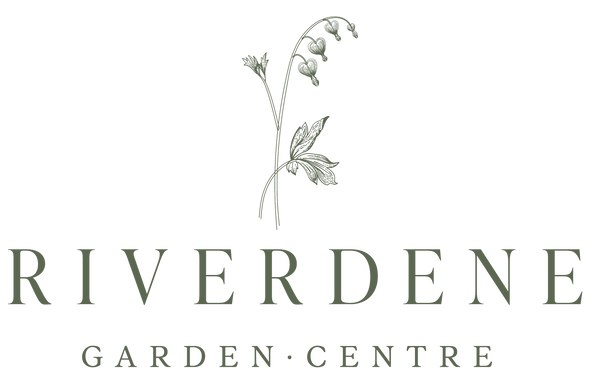Riverdene Garden Centre
4" Alocasia Jacklyn
4" Alocasia Jacklyn
Couldn't load pickup availability
Alocasia ‘Jacklyn’ – Care Guide
Overview
Alocasia ‘Jacklyn’ is a rare species, likely a cultivar or natural mutation of Alocasia sulawesiensis, native to Indonesia. It's best known for its deeply lobed, jagged leaves with vivid green coloration and bold dark veining. The leaves have a felted texture and sometimes faint speckling, giving it a prehistoric or jungle-like appearance. With proper humidity and warmth, it becomes a centerpiece in any plant collection.
Key Characteristics
Botanical Name: Alocasia sulawesiensis ‘Jacklyn’
Common Name: Jacklyn Alocasia
Plant Type: Tropical perennial aroid
Growth Habit: Upright, clumping
Mature Size: 18–36 inches tall and wide (can grow larger in ideal conditions)
Leaf Shape: Deeply lobed, jagged “moose antler” or “dragon claw” appearance
Leaf Texture: Matte to slightly fuzzy, with visible dark veins and speckles
Rarity: Rare collector’s plant
Light Requirements
Prefers bright, indirect light
Avoid direct sunlight – it can scorch delicate leaves
Can tolerate medium light, but growth may slow
Watering Needs
Keep soil lightly moist, but not soggy
Allow the top 1–2 inches of soil to dry out between waterings
In winter, reduce watering frequency
Sensitive to overwatering – root rot is a major risk
Soil & Potting
Use a well-draining, chunky soil mix
- Recommended mix: potting soil + orchid bark + perlite + a bit of peat or coco coir
Pot must have excellent drainage
Repot every 1–2 years or when root-bound
Temperature & Humidity
Temperature: 18–27°C (65–80°F)
Cannot tolerate temps below 15°C (59°F)
Humidity: Needs high humidity (60–80%)
-
-
Ideal for greenhouses, grow tents, or homes with humidifiers
-
Dry air = crispy leaves or halted growth
-
Fertilizing
Fertilize monthly during active growth (spring/summer) with a diluted balanced liquid fertilizer
Avoid over-fertilizing, especially with high nitrogen formulas
No fertilizer in winter
Growth & Maintenance
Prune off old or damaged leaves at the base
Rotate plant occasionally for even growth
Clean leaves gently with a soft cloth to remove dust and allow for better light absorption
Common Problems
Yellowing leaves: Often due to overwatering or cold stress
Crispy edges or browning: Low humidity or inconsistent watering
Pests: Watch for spider mites, mealybugs, thrips, and aphids
-
-
Use neem oil or insecticidal soap
-
Drooping: Often due to underwatering, cold temps, or lack of humidity
Toxicity
Toxic to pets and humans if ingested (contains calcium oxalate crystals)
Can cause mouth irritation, drooling, or vomiting in pets
Special Notes
Fast grower in high humidity and warmth
A collector’s favorite due to its unusual leaf shape and texture
Grows well in LECA or semi-hydro setups if humidity and warmth are controlled
